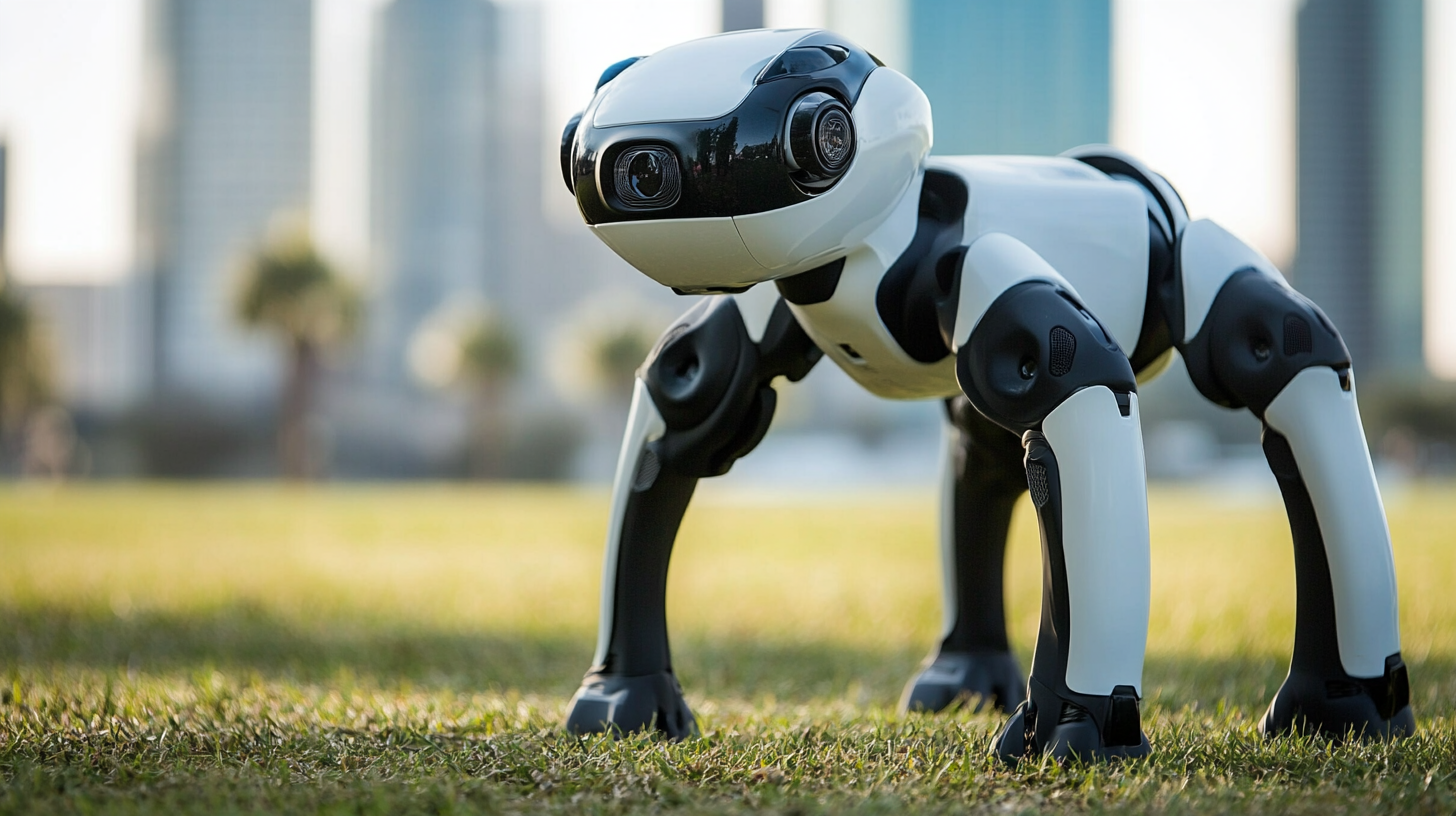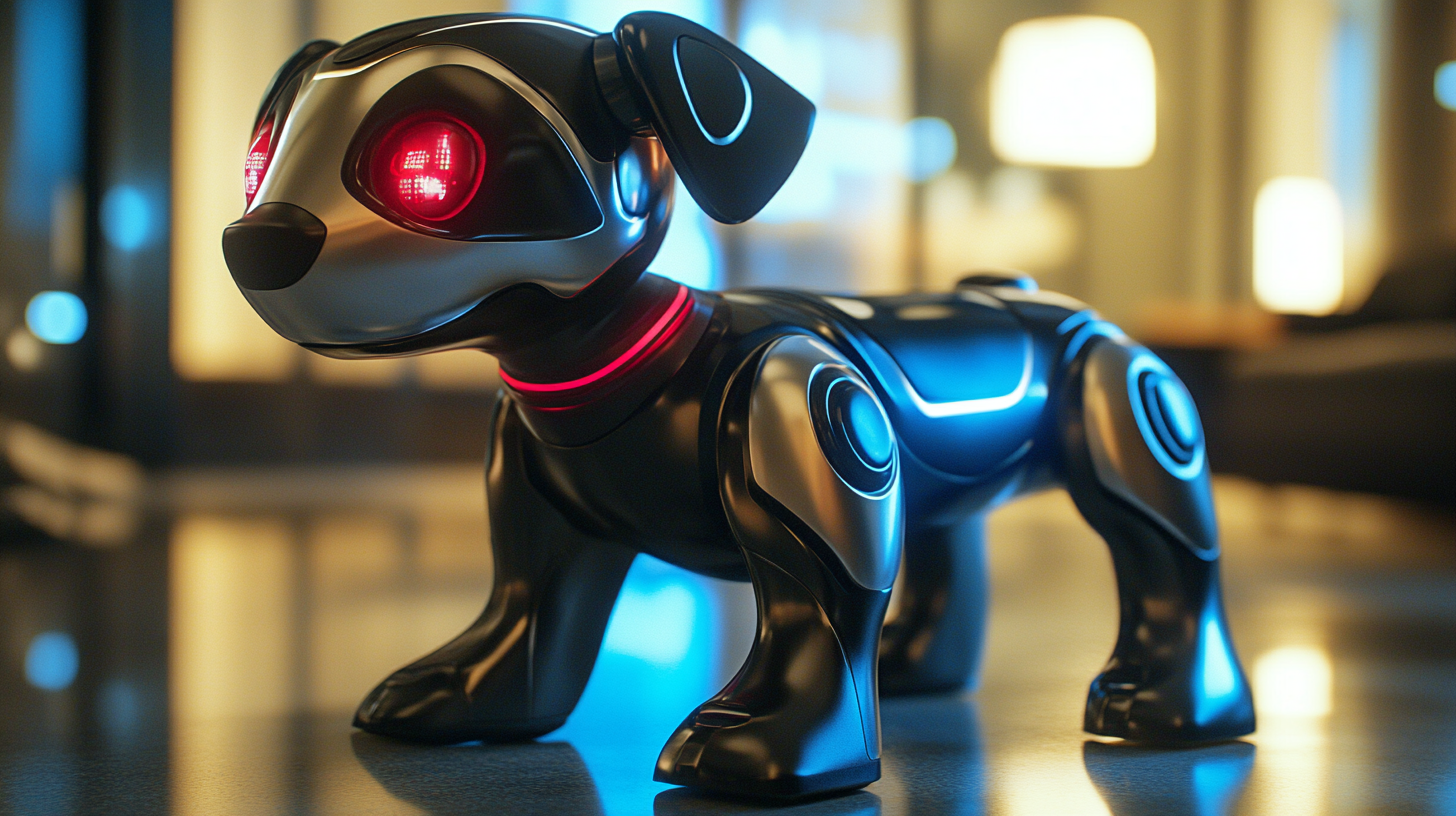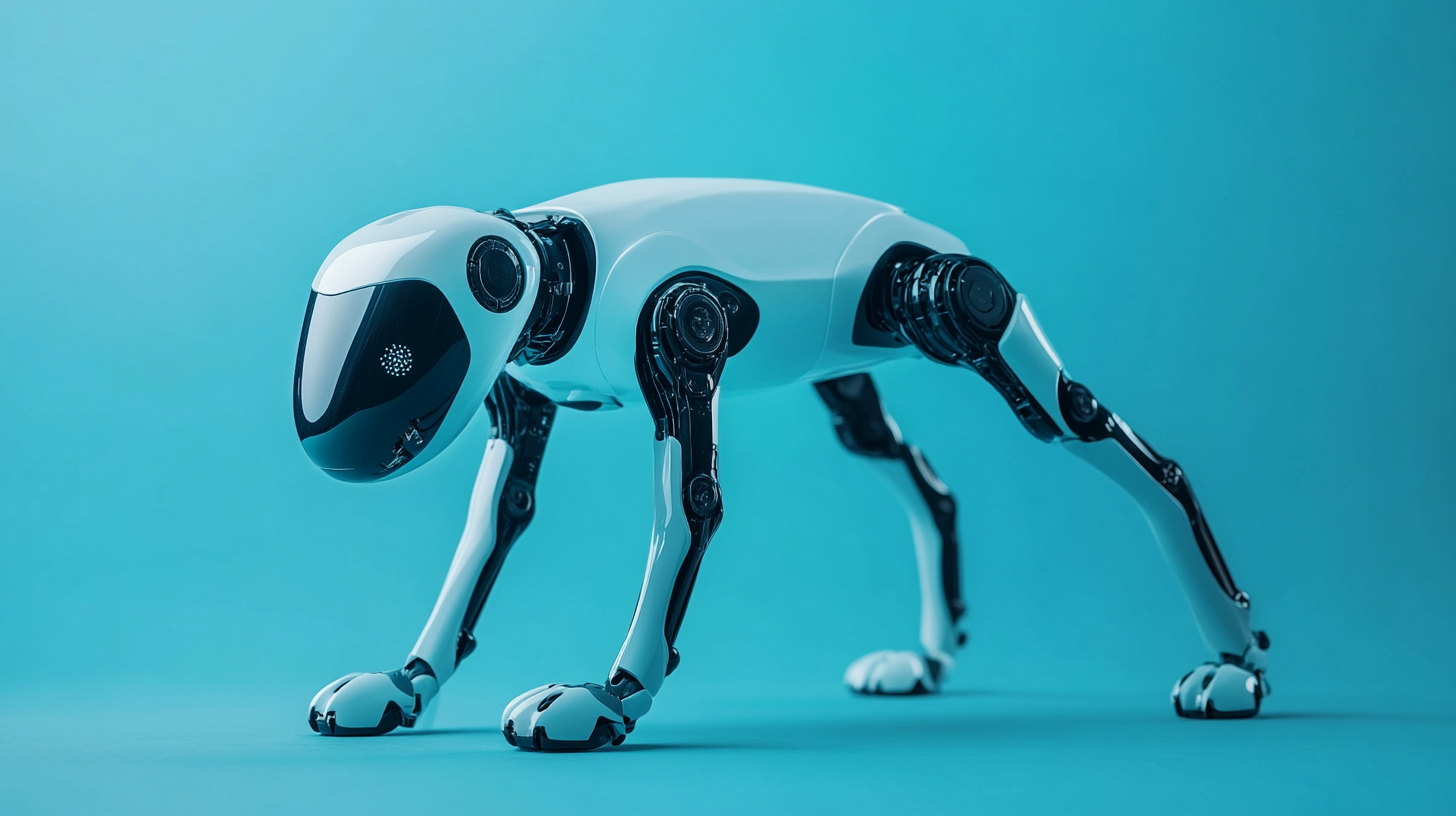Navigating International Standards for Importing Smart Robot Dogs Made Easy
On the other hand, since the international market for robotics is still evolving, demand for new products such as the Smart Robot Dog is increasing. A recent report released by the International Federation of Robotics says that the global service robotics market would be valued at $30 billion by 2025, with consumer robotics, including smart companion devices, being some of the prominent segments of this growth. This trend could be attributed to technological changes as well as to the growing desire for interactive and intelligent household companions. The Smart Robot Dog could be said to be one of these, a good balance between artificial intelligence and fun robotic features to entertain the young and old alike.
On the contrary, international standards for exporting these technological goods have bewildered manufacturers and retailers. From country to country, safety norms and quality standards, as well as import customs, can differ greatly and, in the process, disturb the transport and marketability of Smart Robot Dogs. Being aware of the importance of complying with these international guidelines would aid in entering the lucrative market and ensuring sustainable growth. Understanding and managing the importation process will allow manufacturers and retailers to successfully market this innovative product all over the world, meeting different consumer demands and thereby giving some value to customer experience.

Understanding International Compliance for Smart Robot Dog Imports
Importing smart robot dogs is an exciting endeavor, but it can be intimidating to learn the international compliance standards. Each country has its own rules governing the importation of electronic goods, particularly those that involve advanced technologies such as robotics and AI. Understanding these rules is important for a smooth import procedure. This starts with understanding product safety standards, which ensure that the robots are safe for consumers and do not pose any danger throughout their operation.
References to different regulations from several regions restrict the selling of electronic devices unless certain certifications are awarded. For example, CE marking in the EU is to ensure that a product meets safety, health, and environmental protection standards in the EU. In the U.S., the FCC regulates emissions into radio frequencies that are paramount to smart devices communicating wirelessly. Understanding these regulations and accomplishing licensing in compliance can save you from heavy losses due to market-entry delays.
Provisions and tariffs for trade can change and thus vary the total costs you incur; thus, keeping abreast of these can also prove beneficial. Working closely with a specialized customs broker can help in the process quite a lot. A customs broker specialized in importing technology would walk you through the paperwork and ensure that your smart robot dogs are in compliance with all possible certification requirements, thereby simplifying and speeding up your importing efforts. With enough information and assistance, you can tackle international compliance challenges; thus, you can put all your focus on achieving viability in your business.

Key Regulations Impacting Smart Robot Dog Importation
The importation of smart robot dogs would require knowledge about international standards and other key regulations governing this innovative field. Surging demand for advanced robotics products like smart robot dogs reportedly has arisen, with the global robotics market estimated to be USD 135.4 billion by 2025 (Research and Markets). However, importers must be considerate of certain regulatory requirements that will have serious influences on their operations.
The major regulation covers the safety and electromagnetic compatibility considerations. For instance, within the European Union, a CE marking certifies that a product meets applicable requirements for health, safety, and environmental protection. In the case of smart robot dogs, these considerations become very important because they operate with many sensor functions and usually work wirelessly. The process of CE certification can be long and arduous, involving extensive compliance testing, which makes having accredited laboratories assist during this phase very important.
Additionally, several environmental regulations, including the Restriction of Hazardous Substances (RoHS) directive, also apply. This directive restricts certain hazardous materials used in the production of electronic products and thus has a bearing on the manufacture and importation of smart robot dogs. Companies must ensure that their products are RoHS compliant. Fines may be imposed on non-compliant instances, as well as loss of access to the market. In this regard, complying with these regulations would help build product reputation in an environment where this is becoming commercially beneficial.

Essential Documentation for Smooth Customs Clearance
In importing smart robot dogs, it is important to understand the very basic essentials of documentation that are needed for smooth customs clearance. The procedure tends to be cumbersome, but with adequate preparation, importers can navigate the hurdles quite easily. There are certain key documents, such as a commercial invoice and packing list, as well as import permits, which are essential in complying with international standards. In addition to these, getting a Pre-Arrival Assessment Report (PAAR) may facilitate a faster customs process because all regulatory requirements could be fulfilled before the arrival of a shipment.
Thus, supervision by customs brokers stems directly into the clearance of imported goods. The relevant categories of intermediaries should be knowledgeable and dependable by assuring that all documentation has been properly handled. Having experienced customs brokers field within this aspect can save time and prevent unexpected costs, thus ensuring smooth importation of the smart robot dogs into the country. With proper documentation and a reliable customs partner, importers can facilitate efficient customs clearance leading to successful business performance.

Navigating Safety and Quality Standards for Robotic Pets
To conform to safety and quality standards, robotic pet manufacturers and their importers should now sully their activities with an ever-expanding worldwide market on robotic pets, especially on smart robot dogs. According to a recent report by the International Federation of Robotics, the global robotics market is likely to touch $210 billion in 2025, with consumer robotics having a major portion of this growth. Underlines the necessity of visiting and abiding by the various international standards governing the importation and sale of these innovative products.
Robotic pets have a very strict safety introduction, which-the risk that can incur from exposure to electronic devices that-e-are minimized. The IEC-international body focused on safety in electronic equipment, most especially robotic toys, is payable under the IEC 62040 standard. Thus, complying with such guidelines guarantees consumers' safety and does place the manufacturers at an advantage in the marketplace. Not to forget that standards under ASTM that covers toys inclusive of robotic products also emphasizes a consideration of safety relating to materials, mechanical, and design requirements-the last one safeguarding the young users.
Manufacturers must therefore bear in mind that they have a responsibility beyond safety standards: quality assurance processes: the ISO 9001 standard for quality management systems represents the gold standard for organizations trying to realize greater operational efficiency together with an uplift in quality. Manufacturers of robotic pets, with ISO 9001 certification, will prove their commitment to producing safe and high-quality products; this is vital for building confidence in their products and minimizing returns. International safety and quality standards will facilitate market merger proficiencies and consumer satisfaction as demand for robotic pets increases.
Tips for Selecting Reliable Suppliers in Global Markets
When you have imported a smart robot dog all the way across the international standards, you can choose suppliers who are really quite reliable. Quality and reliability can make or break business across the entire globe. Studies confirm that 80% of companies committed to investment optimization improvements have reported increased improvements and significant savings. Supply chain selection is, therefore, a critical area for investment formerly in manufacturing and distribution.
Working with good strategies that help choose considerable and trustworthy suppliers entails firstly understanding how they operate. For example, companies that have stringent sustainable sourcing commitments frequently get along with the international standards-that is important in importing innovative products such as smart robot dogs. Suppliers that have clear practices that can help mitigate risks and improve product quality also contribute to compliance with a lot of international regulations.
Using supplier directory sites may also streamline your selection. The last few years have totally revolutionized the world of e-commerce in finding one's next potential partner. Statistics show that businesses using such online tools in comparing supplier services have a 40% greater chance of good success in getting into buoyant partnerships. This is why evolvements are necessary for businesses today. They should be ensured through digital solutions creating wider global perspectives for improving supply chain efficiency that it is adaptation.












